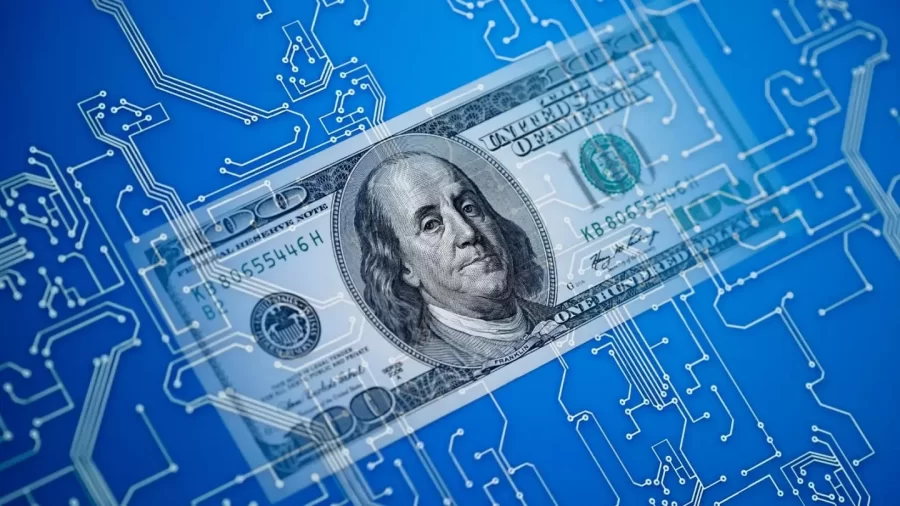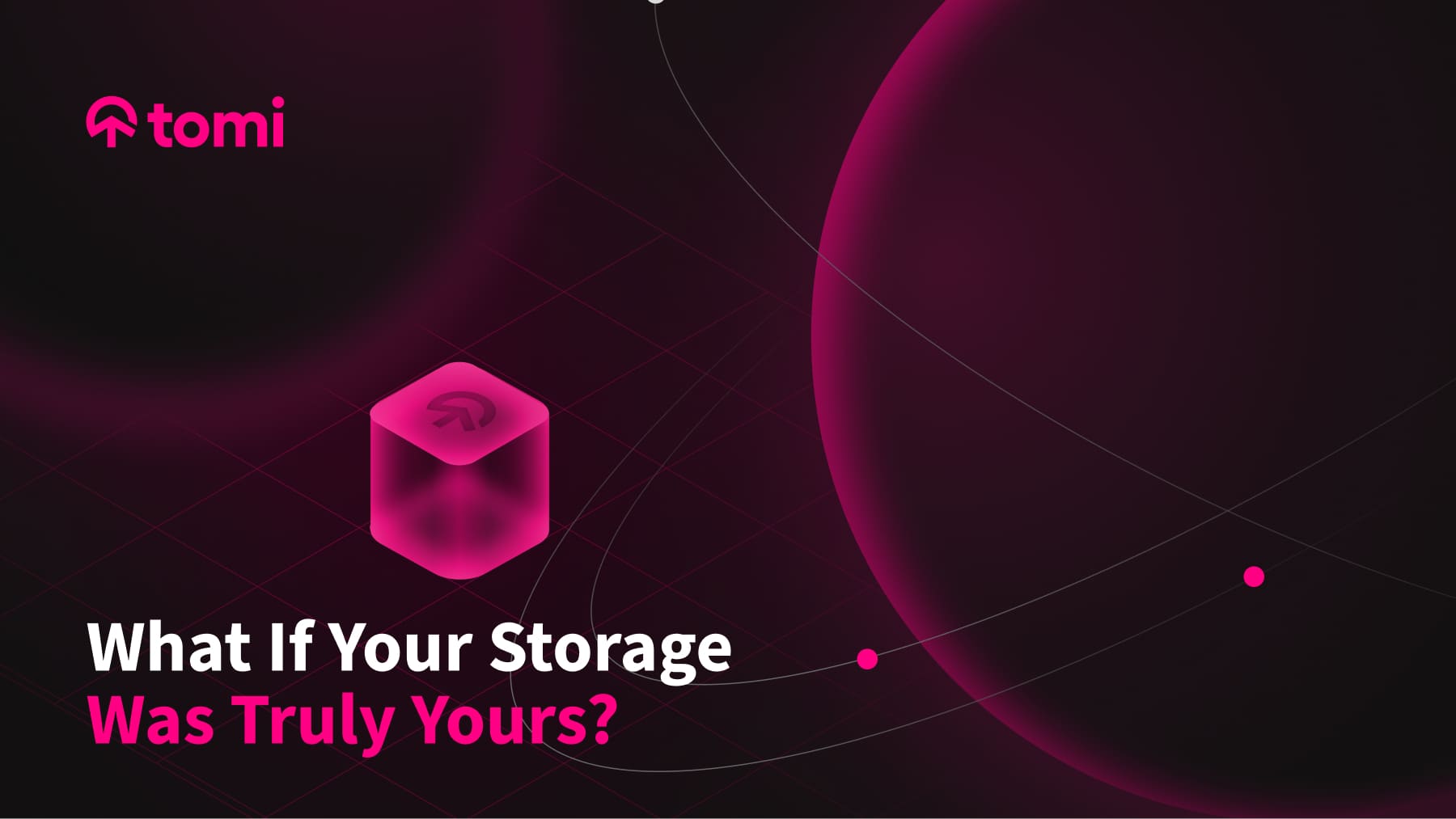
Banks in the United States Begin Testing a Digital Dollar Blockchain Pilot
- Teresa Bach
- November 16, 2022
- Blockchain
- 0 Comments
While the loss of FTX has rocked the crypto industry to its core, conventional financial institutions like Banks are venturing into the realm of digital money. On Tuesday, a coalition of financial institutions, including Wells Fargo, HBSC, and Mastercard, announced the creation of the Regulated Liability Network (RLN), a proof-of-concept virtual money network.
According to the consortium, the platform would leverage distributed ledger technology, often known as the blockchain, to generate chances to enhance financial settlements. Central banks, commercial banks, and “regulated non-banks” such as T.D. Bank, Truist, BNY Mellon, Citi, Swift, PNC Bank, and U.S. Bank would also participate. Exiled whistleblower Edward Snowden merely tweeted, “It starts,” in reaction to the news.
It begins. https://t.co/B67nUuP242
— Edward Snowden (@Snowden) November 15, 2022
CBDCs, have long piqued the curiosity of banking authorities. CBDCs are digital representations of a state’s fiat currency that, like stablecoins, are fixed to a particular fiat currency at a 1:1 ratio.
According to the group, the RLN will operate for 12 weeks and only accept U.S. cash. Users will issue simulated digital tokens reflecting client deposits and settle on a shared blockchain using simulated central bank reserves.
As per group, the initiative would feature a regulatory framework consistent with current rules such as anti-money laundering and know-your-customer (KYC) standards. They will also investigate the viability of expanding the platform to include more digital assets such as stablecoins.
The U.S. would not be the first to try to create a national digital currency. China has already started developing a digital yuen. In September, Australia launched a pilot program for a digital dollar based on Quorum, an enterprise-grade, private variation of Ethereum.
***
Post Views:
7,081








